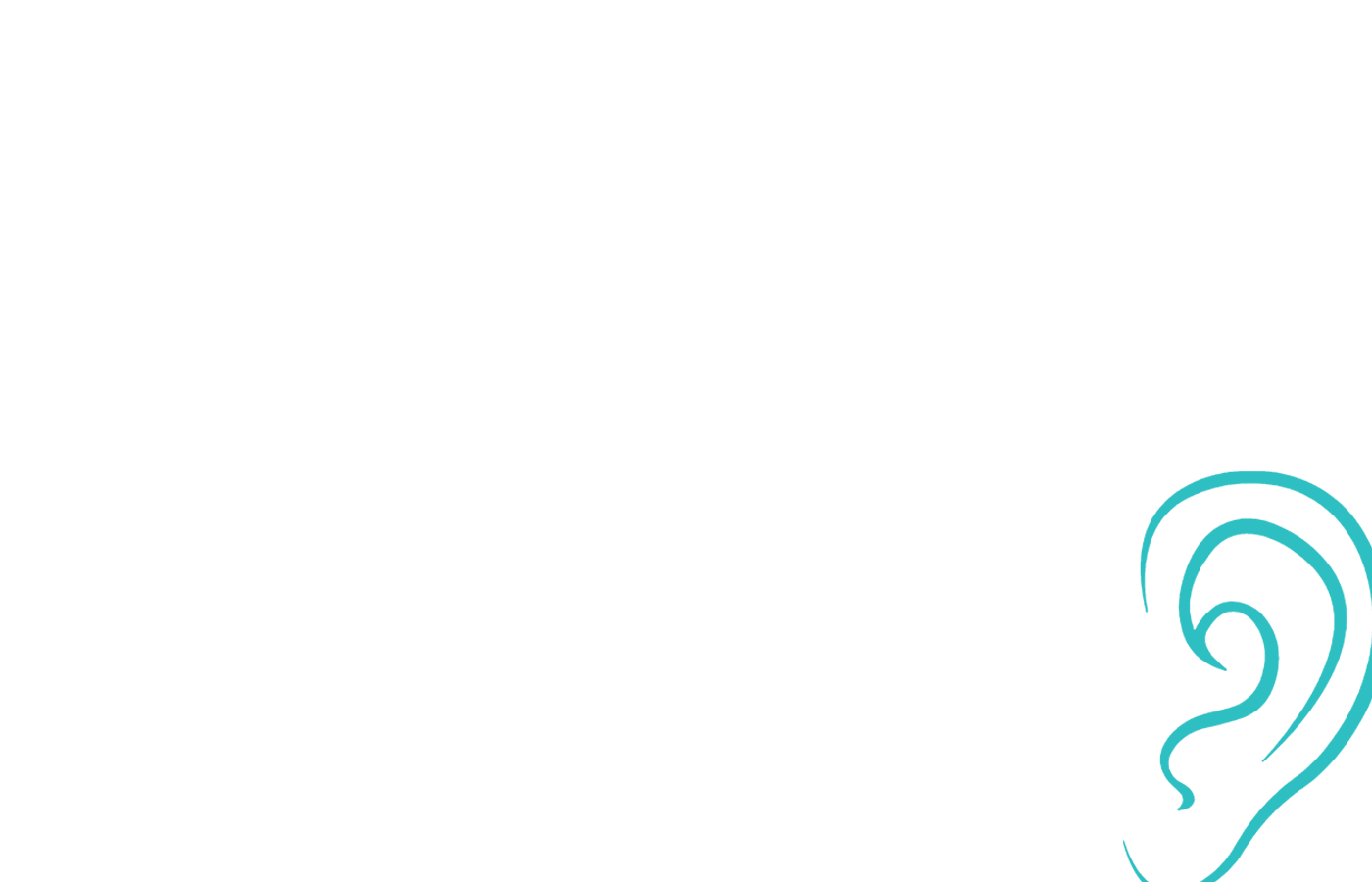Pediatric Audiology
We provide a full comprehensive, family-friendly diagnostic audiology service for children from 3.5 years of age. Assessments are completed by a fully qualified Pediatric Audiologist.

Early identification and assessment of hearing in children.
Early identification of hearing loss is important because children with hearing loss often fall behind their peers in speech and language development, cognitive skills and social skills.
Assessment of hearing in children begins with obtaining a detailed history to determine risk factors for hearing loss. Several methods can then be used to test hearing, depending on a child’s age, development, and health status.
Audiology Tests for children at The Hearing Suite
Play Audiometry: suitable for pre-school children of 30+ mths old (developmentally)
A game is played in which the child must perform an action when a sound is heard. This could take the form of putting toy people in a boat or building a tower from blocks. The complexity of the task can be modified to be age appropriate.
The child wears headphones or probes inserted into the ear canals (inserts) during the test. Sounds at various frequencies are presented to the child and gradually reduced in loudness. Each time they hear the sound they must perform the action until they can no longer hear the stimulus.
The point at which they stop performing the task is taken to be the hearing threshold at the particular frequency being tested. The process is repeated for a range of frequencies in each ear.
Pure Tone Audiometry (PTA): suitable for school age children upwards
Tones of varying frequency and intensity are played through headphones or insert phones. The child must press a hand held button for as long as they can hear a sound.
The loudness of the sounds are reduced until the child stops responding, this is the threshold of hearing.
Otoacousic Emissions (OAE)
Sound is presented into the ear canal via a probe. The sound wave passes through the ear drum and middle ear then into the cochlear. This stimulates the hair cells in the cochlear causing the outer hair cells to twitch in response creating an echo. The echo passes back through the middle ear and ear drum where it is detected by a microphone situated in the probe. This signal is stored on a computer and plotted on a graph.
The results from this test give an indication of any damage that may be present in the sound detecting and amplifying hair cells. The outer hair cells are able to increase the sensitivity of the cochlear when functioning normally by up to a factor of 1000 times. An absence of, or damage to these cells, will significantly reduce hearing thresholds.
Computer analysis of the echo from these cells can indicate the level of function present in the cochlear under test.
Tympanometry
Tympanometry is not a hearing test but a procedure that can show how well the eardrum moves when a soft sound and air pressure are introduced in the ear canal. It’s helpful in identifying middle ear problems, such as fluid collecting behind the eardrum.
A tympanogram is a graphic representation of tympanometry. A “flat” line on a tympanogram may indicate that the eardrum is not mobile suggesting Otitis Media with Effusion (OME), while a “peaked” pattern often indicates normal function. A visual ear examination should be performed with tympanometry.
Stapedial Reflex
When a loud sound is presented to the ear, a protective mechanism is triggered that tightens the small bones (ossicles) that connect the ear drum to the cochlear and reduce the sensitivity of hearing.
This procedure tests the pathway of the sound from the ear canal, through the middle ear, into the cochlear, up to the brainstem then back down to the muscle that tightens the ossicles.
Speech Audiometry: Suitable to children >2 years
Measures the child's ability to hear and understand speech, providing a cross-check for the hearing test results.
Test Results
You'll get the results of the tests right after the assessment. We will discuss the results with you and agree what to do next. We will send a written report to you later.
Depending on the results, the hearing specialist may recommend:
discharge - this means satisfactory results were recorded
continuing to monitor your child's hearing as they grow - particularly if there are risk factors
referring your child to an ear, nose and throat specialist for a medical opinion
referring your child to HSE Audiology community care services if a permanent childhood hearing impairment (PCHI) is detected.
referral to other specialist services such as the BAHA or cochlear implant program
referring your child to a paediatrician for aetiological investigation.
refer your child to the visiting teacher of the hearing impaired (VTHI)
referring your child to Chime (formerly DeafHear) a national charity for deafness and hearing loss
referring your child to a speech and language therapist
Book an appointment with us today!







